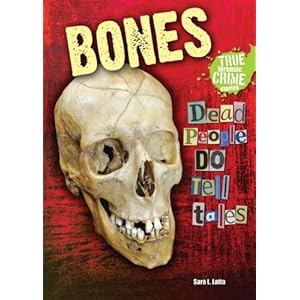A few weeks ago, I posted this review of Kelly Milner Halls’ most recent book, IN SEARCH OF SASQUATCH. Kelly was kind enough to follow up that review with an incredible interview about the book and her writing career. Please help me welcome author Kelly Milner Halls!
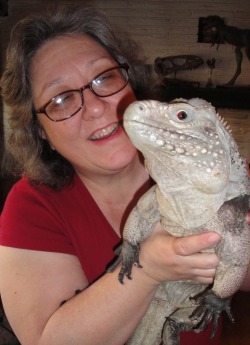
LT: Hi Kelly, and thank for coming! I guess I have to start with the obvious, though I’m fairly confident I know the answer from reading the book: Do you believe in Sasquatch?
KMH: I do not believe, 100%, that Sasquatch is real. I tend to be skeptical by nature—the journalist in me. But I believe there are some very convincing bits of evidence that suggest SOMETHING is out there—an animal we haven’t yet defined and don’t really understand. Too many reliable people have witnessed too many amazing things to ignore them.
LT: What was/were the hardest things about researching and/or writing this book? How did you deal with that?
KMH: I wanted to be sure my witnesses and experts were serious people, not people who wanted fame or glory. There is nothing wrong with fame or glory, but I wanted people who were fact-centered, so that required some hard work. I think I found good interview subjects to meet that standard. Hope so.
LT: During your research, did anything surprise you, catch you off guard, or make you change your planned course for the book?
KMH: The fact that Scott Nelson believes Sasquatch may have its own language absolutely blew my socks off. His reasoning is so clear and logical, it almost make my head explode. If that’s true, that’s a reason to protect the “maybe” primate.
LT: Did you do all the photo research for the book too? Can you tell us about that process?
KMH: I took a number of the photos, but a wonderful Sasquatch investigator named Paul Graves from Yakima, WA, was extremely generous about sharing his field photographs for the book. He is also a musician who writes Sasquatch songs, and he’s featured in the book. But he was very generous, and I’m grateful.
LT: How do you manage all of your research for a book like this? What’s your organizational system? Does it evolve over the course of a project?
KMH: I keep elaborate, well-backed up computer files about each subject, each topic, each chapter, so I can find my notes with ease. And there are so many notes. I read a dozen books, did more than two dozen interviews and collected dozens of images for this book. It was hard but amazing work. It’s what I love to do.
LT: How have your research and writing processes evolved over the course of your career?
KMH: As my children have grown into adulthood, I have been able to travel more to get my information first-hand, rather than on the telephone. Having both field and phone time really adds richness to the books I write and the presentations I give.
LT: How much time did you spend researching this particular book overall, and how long did it take to write the book? Is that typical?
KMH: Most of my books take between three and five years to research, then another year to write. I don’t like to rehash material that already exists. I like to present new information whenever possible and that takes time and effort.
LT: How do you know when a book is “done” and ready to send to your agent or editor?
KMH: The book isn’t even close to done when I send it to my editors or agent. It’s a proposal. It maps out how I see the book once it’s complete and gives us all a place to start. But the book evolves considerably as we work together as a time. I’m selling a concept that will change and improve as we all work on it, and that’s the magic of the editorial process.
LT: Are there any other tips you would like to share with aspiring children’s book writers, especially those writing nonfiction for kids?
KMH: Watch for the topics that YOU find most engaging and consider offering them up to young readers. Your excitement, your sense of wonder will show through every word you write and the kids will feel the human connection. If you are not excited about your topic, that lack of enthusiasm will be just as clear to the young readers. So write about things the excite you. You’ll give the kids a reason to be excited, too.
LT: I think every book teaches us something new, about the world, about ourselves, or about the craft of writing. What have you learned as a result of writing this book? What surprised you the most during the process?
KMH: I have learned that we forget our humanity when it comes to animals at times. But we can also renew it. The more you know about even an unknown creature, the harder it is to simply disregard or disrespect it. It’s like my pet chickens. I can eat grilled chicken without a blink of an eye. I love chicken dinner. But I could never even consider eating my pet chickens. You work harder not to hurt the things you understand well. Knowledge, exploration, is the key to more love, less hate. That is confirmed every time I write a book and share it with kids.
LT: I’ve always said that I will know I’ve made it when I receive one letter from one child saying that something I wrote made a positive difference in his or her life. How do you define success? Do you feel like you’ve achieved it? If not, what’s left on your to-do list?
KMH: I used to yearn for the day when I’d win a major nonfiction book award. Years went by, and it didn’t happen. Then I started meeting kids—many of them boys, but girls too—who loved my books, kids who said I was their favorite author. I started hearing stories about kids who clung to my books like life jackets—kids who drew comfort from MY books, award-winning or not. After that starts to happen regularly, you realize awards are lovely, but the real measure of success are those readers and their ability to feel a little less alone because of something you’ve given them. That’s how I measure success. If I have made your child’s life a little kinder, a little safer, I am the luckiest writer on earth.
LT: What do you like to do when you’re not researching and/or writing?
KMH: I am always writing, so that’s a hard question. I do a LOT of school visits, which I love. I paint, I meet with friends, I work for my friend Chris Crutcher, I walk my dog and take care of my lizard. I sleep now and then, when time permits. : ) Life is crazy busy, but good.
LT: What are you working on now?
KMH: I’m finishing a book on animal rescues for National Geographic called TIGER IN TROUBLE. I’m putting together another YA anthology for Chronicle Books—just got that news yesterday. I am researching the history of video games for a new book project. And I’m going to write a book on ghosts for Millbrook. I have two other proposals under consideration at Houghton Mifflin Harcourt, too, but they aren’t firm yet, so I better not talk about them.
LT: What would you most like people to know about you?
KMH: That I don’t have a mean bone in my body, that I live to make life a little easier and kinder for the people I meet. I’d like them to know that I am exactly who I say I am, with no need for deceit or animus. Life is too short for cruelty and anger. Like the Beatles said, all we REALLY need is love. I hope my humanity shows, even in my quirky works of nonfiction for kids. Kids need love, most of all.
LT: Well, Kelly, I have LOVED interviewing you! Thank you so much for so generously sharing your expertise and heart with us, in your books as well as on this blog.
Stay tuned for an upcoming review of Kelly’s new book, ALIEN INVESTIGATION, coming from Lerner Publishing on April 1, 2012 (no fooling!).
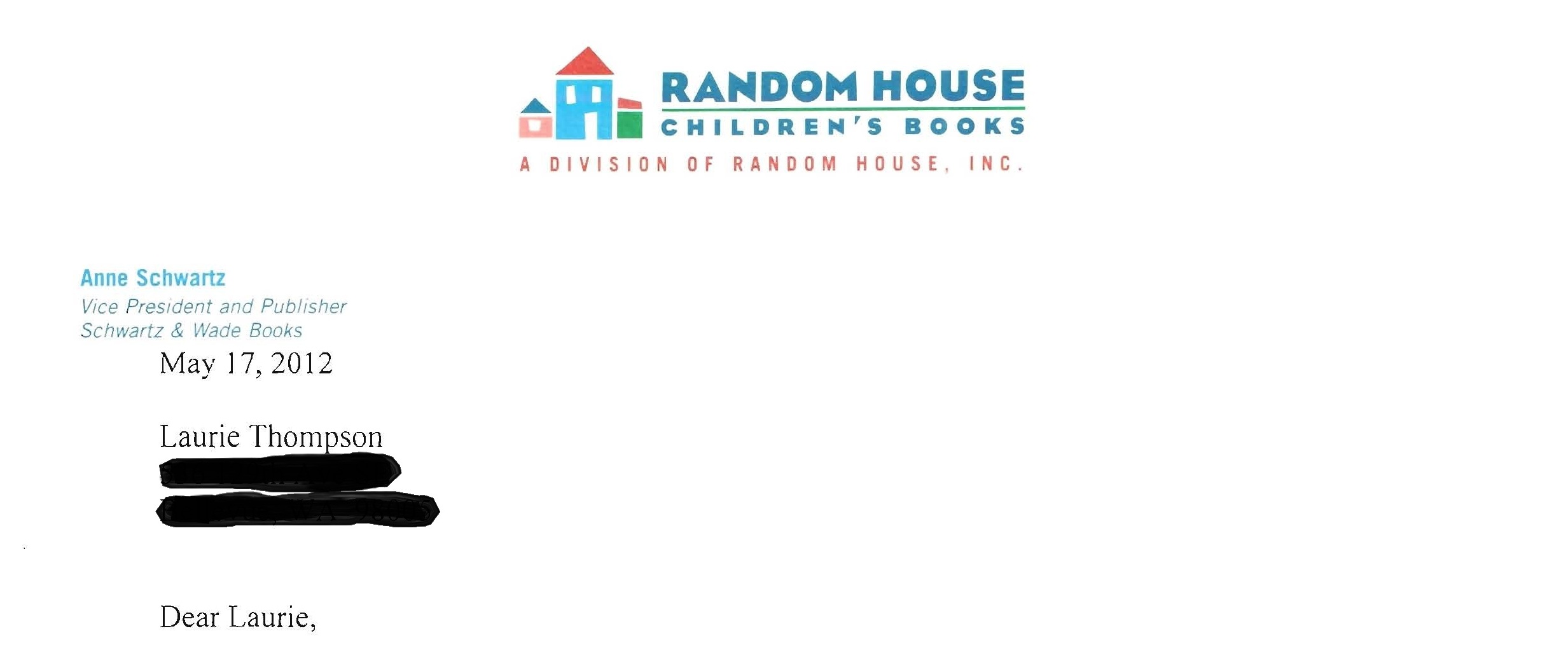




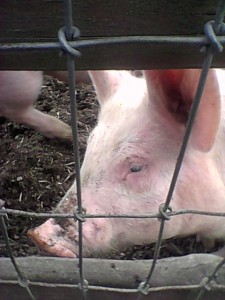
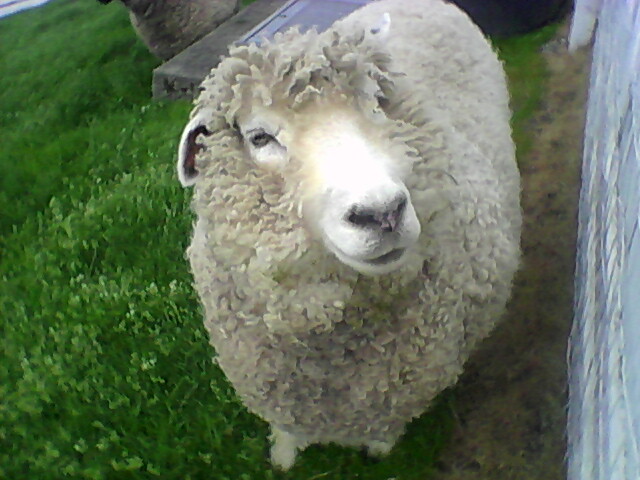
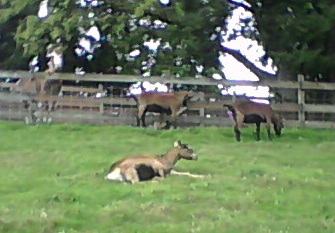

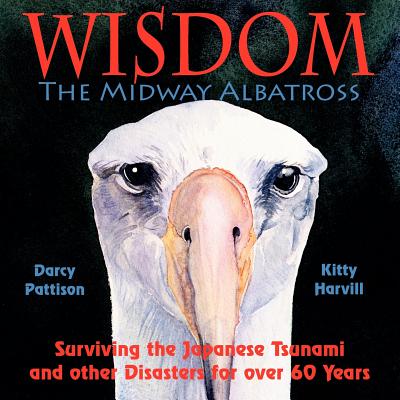
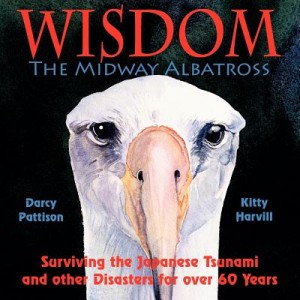
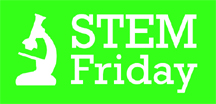

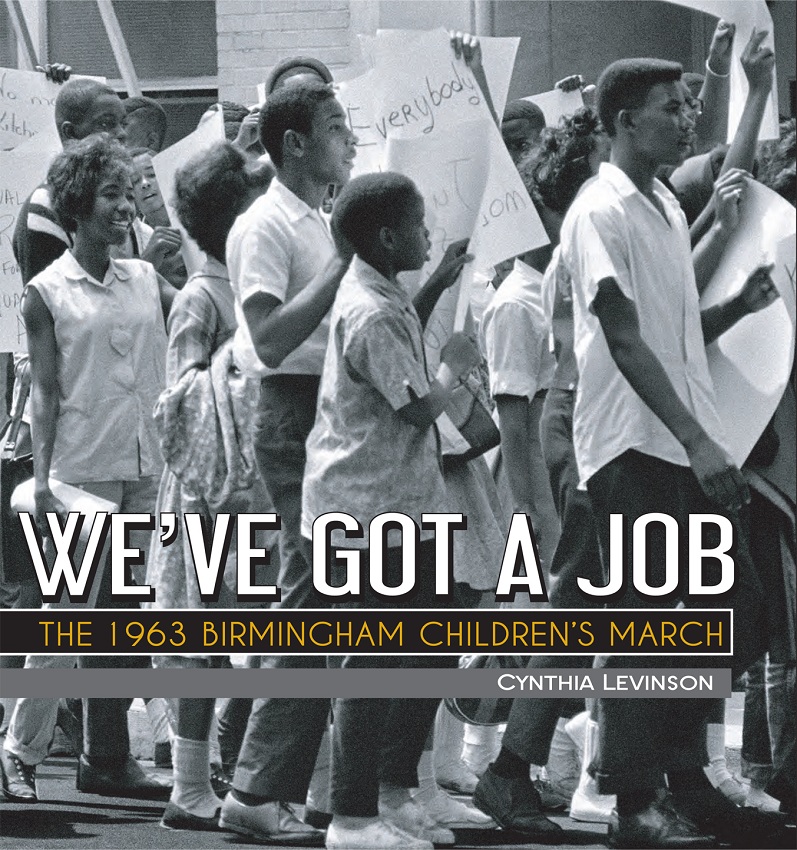


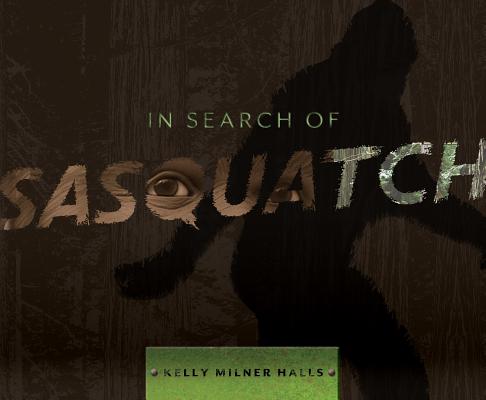


 Roberta at
Roberta at 
